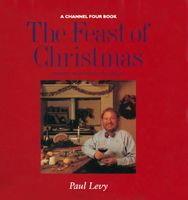Advertisement
Talking turkey
By Paul Levy
Published 1992

Turkeys are stupid, and highly strung, too. A loud noise or a bang will stampede them into the corner of their pen or barn, and they are perfectly capable of huddling together so tightly that the ones on top of the heap suffocate those under them. We speak of ‘cold turkey’, meaning coming abruptly off drugs or some substance on which we are dependent. We don’t yet use the epithet ‘turkey’ to cast aspersion on a male’s potency or virility; but we could do, because turkeys now have to be bred by artificial insemination. The turkey cocks, properly called stags, have been bred to be big-busted rather than stud-like. As a result they are too ungainly to copulate in the normal way, and tend to fall off the females’ backs. We bred them to be big and ignored their eating quality. We should have seen it coming. As long ago as the 1930s one of Andre Simon’s contributors to his

